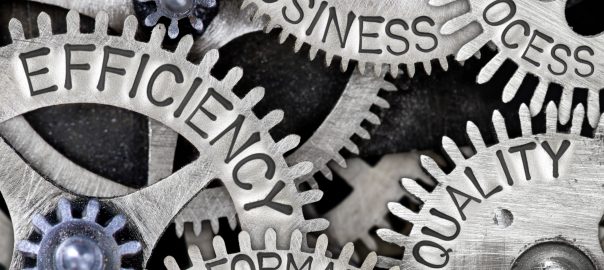Why A Cybersecurity Assessment Is Important
This is the final part of a Six-Part blog series on Cyber Risk Management from guest blogger Simon Goldstein. “If you don’t know where you are or where you are going, how will you know when you get there?” Sounds obvious enough, doesn’t it? But not very many years ago, when computerized charts and graphs[…]










